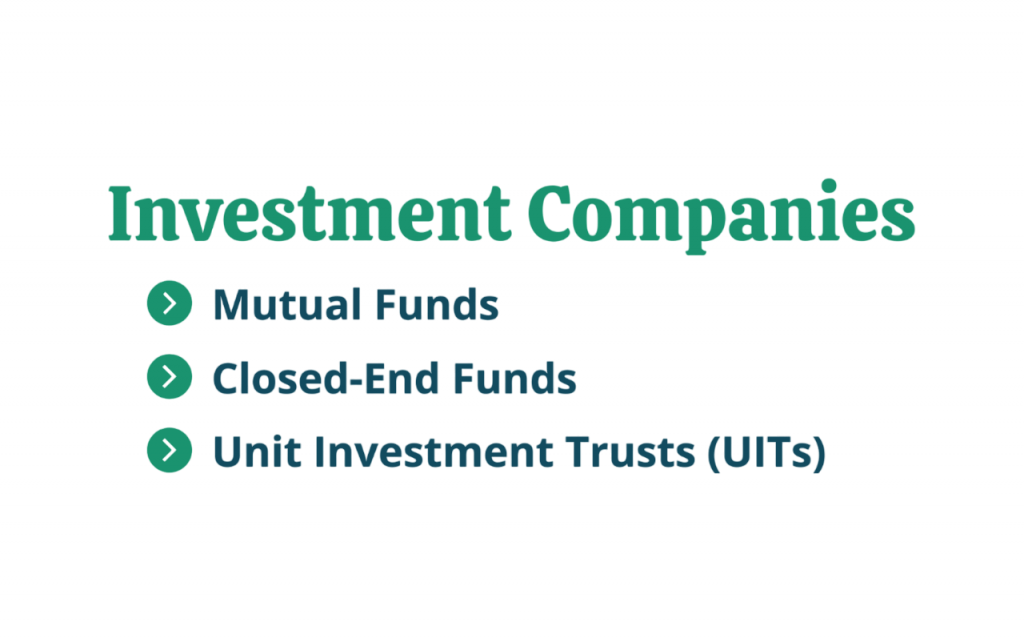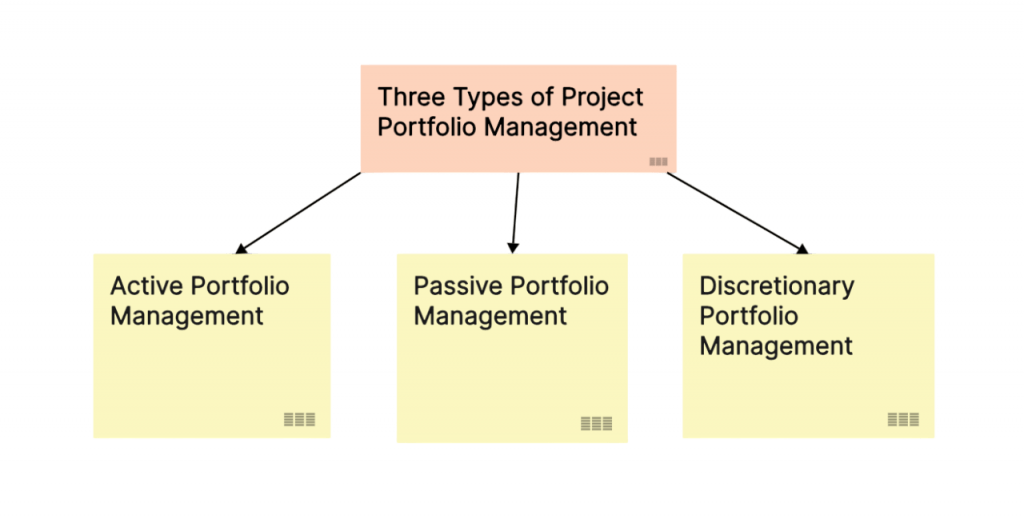
- What is an Investment Company?
- Types of Investment Companies
- Mutual Funds vs Closed-End Funds
- Exchange-Traded Funds (ETFs)
- Structure and Legal Setup
- NAV and Pricing Mechanisms
- How Investment Companies Earn
- Portfolio Management Styles
- Regulatory Environment
- Conclusion
What is an Investment Company?
An investment Company Guide is a corporation or trust engaged primarily in investing the pooled capital of investors in financial securities. These companies are distinct from operating companies that produce goods or services. Instead, investment companies generate revenue through capital gains, interest, or dividends from the assets they manage.Investment companies serve as pooled investment vehicles, allowing investors both individual and institutional to gain exposure to a diversified portfolio of assets managed by professionals. These companies are regulated entities that gather funds from investors and channel them into securities like stocks, bonds, investment companies earn, and other financial instruments. Understanding the types, structures, and regulatory frameworks of investment companies is essential for making informed investment decisions.
Do You Want to Learn More About Database? Get Info From Our Database Online Training Today!
Types of Investment Companies
Investment companies come in different forms depending on their investment model and operational structure:
- Open-End Funds (Mutual Funds): Constantly issue new shares, redeemable at NAV.
- Closed-End Funds: Issue a fixed number of shares traded on exchanges.
- Unit Investment Trusts (UITs): Fixed portfolios, not actively managed.
- Exchange-Traded Funds (ETFs): Hybrid funds that trade like stocks.
- Private Investment Companies: Hedge funds, venture capital firms.
- Business Development Companies (BDCs): Focus on small and mid-sized businesses.
- Traded throughout the day on exchanges
- Generally lower expense ratios
- Tax efficient due to in-kind creation/redemption
- Can track indices, sectors, commodities
- Corporation: Subject to corporate tax unless qualified under IRS Subchapter
- Trust (UIT): Pass-through structure
- Board of Directors/Trustees: Ensures fiduciary duty
- Investment Adviser: Manages the fund portfolio
- Custodian: Holds the fund’s assets
- Transfer Agent: Maintains records of shareholders

Each type has unique liquidity, pricing, and management characteristics.
Mutual Funds vs Closed-End Funds
| Feature | Mutual Funds | Closed-End Funds |
|---|---|---|
| Share Issuance | Not traded on exchange | Traded on exchanges |
| Trading Venue | Not traded on exchange | Traded on exchanges |
| Price Determination | NAV at end of day | Market price (can deviate from NAV) |
| Liquidity | High | Moderate to Low |
Would You Like to Know More About Database? Sign Up For Our Database Online Training Now!
Exchange-Traded Funds (ETFs)
Exchange-Traded Funds (ETFs) are a popular type of investment company that combines features of both mutual funds and individual stocks. ETFs pool money from multiple investors to buy a diversified portfolio of assets such as stocks, bonds, or commodities. Unlike mutual funds, ETFs trade on stock exchanges throughout the trading day at market prices,an investment company guide allowing investors to buy and sell shares just like regular stocks. This provides greater flexibility, liquidity, and often lower costs compared to traditional mutual funds. ETFs are favored for their transparency, as they usually track a specific index, and for their ability to offer broad market exposure or target specific sectors, regions, or investment themes within a single security.
Features:
ETFs can be passively managed (index-based) or actively managed. Popular examples include SPDR S&P 500 ETF (SPY) and Vanguard Total Stock Market ETF (VTI).
Structure and Legal Setup
Investment companies are typically established as corporations or trusts. Their structure determines their tax treatment, governance, and investor protections.
Key Structures:
Governing Bodies:
To Earn Your Database Certification, Gain Insights From Leading Blockchain Experts And Advance Your Career With ACTE’s Database Online Training Today!
NAV and Pricing Mechanisms
Net Asset Value (NAV) is the value per share of and types of investment Companies, calculated by subtracting the fund’s total liabilities from its total assets and then dividing by the number of outstanding shares. NAV reflects the fund’s intrinsic value and is usually calculated once daily after the market closes. Pricing mechanisms vary between different types of funds. For mutual funds, shares are bought and sold at the NAV price, which is updated only once per day. In contrast, exchange-traded funds (ETFs) trade on stock exchanges throughout the day at market prices that can fluctuate based on supply and demand. However, ETF prices generally stay close to their NAV due to arbitrage activities that help align the market price with the fund’s actual value. This distinction impacts liquidity, trading flexibility, and how investors enter or exit positions
Formula:NAV = (Total Assets – Total Liabilities) / Number of Outstanding Shares
Pricing Frequency:- Mutual Funds: Priced once daily after market close
- ETFs: Intraday pricing based on market demand
- Closed-End Funds: Market price may trade at premium or discount to NAV
NAV transparency is key to fund performance tracking and investor confidence.
How Investment Companies Earn
- Management Fees: Charged as a percentage of assets under management (AUM) for managing the investment portfolio.
- Performance Fees: Some funds charge additional fees based on the fund’s returns exceeding a benchmark or specific target.
- Sales Loads/Commissions: Fees paid by investors when buying (front-end load) or selling (back-end load) fund shares.
- Expense Ratios: Annual fees covering operating expenses such as administrative costs, marketing, and distribution.
- Interest and Dividends: Income earned from the fund’s investments in bonds, stocks, or other securities.
- Capital Gains: Profits realized from selling securities within the fund, which can be distributed to investors or reinvested.
- Trading Commissions: Some funds may earn from securities lending or other trading-related activities.
Preparing for a Database Job? Have a Look at Our Blog on Database Interview Questions and Answers To Ace Your Interview!
Portfolio Management Styles
Active Portfolio Management
- Aim: Outperform the market through expert decision-making.
- Frequent buying and selling of securities.
- Based on market research, forecasts, and timing.
- Higher fees and tax implications due to frequent trades.
- Managed by professional fund managers or analysts.
- Higher risk, but also potential for higher returns.
Passive Portfolio Management

Discretionary vs. Non-Discretionary Management
Discretionary Portfolio Management- The portfolio manager makes all investment decisions on behalf of the client.
- Faster execution without needing client approval.
- Suitable for clients who prefer hands-off investing.
- The portfolio manager offers advice only.
- Clients must approve all decisions and trades.
- Ideal for investors who want to retain control.
Regulatory Environment
The regulatory environment for investment companies is essential in ensuring the protection of investment company guidelines and the integrity of financial markets. Regulatory agencies, such as the Securities and Exchange Commission (SEC) in the United States, establish and enforce rules that govern how investment companies operate, including requirements for transparency, disclosure, and fiduciary responsibility. These regulations mandate that funds provide clear information about fees, investment companies earn, risks, stock exchanges and performance to help investors make informed decisions. Additionally, regulations address issues like conflicts of interest, types of investment companies, fund advertising, and the safekeeping of client assets. A strong regulatory framework helps prevent fraud, promotes fair practices, and maintains investor confidence, which is vital for the stability and efficiency of the financial system.
Conclusion
Investment company guides provide investors with a structured and professionally managed avenue to access diversified portfolios, stock exchanges which might otherwise be difficult to replicate individually. From mutual funds and ETFs to closed-end funds and specialized vehicles, these companies cater to a wide range of investment styles, risk appetites, types of investment companies and financial goals. Understanding their structures, operations, fee mechanisms, investment companies earn, and regulatory environments empowers investors to make better financial decisions. With the right knowledge and due diligence, investment companies can play a vital role in long-term wealth creation.




